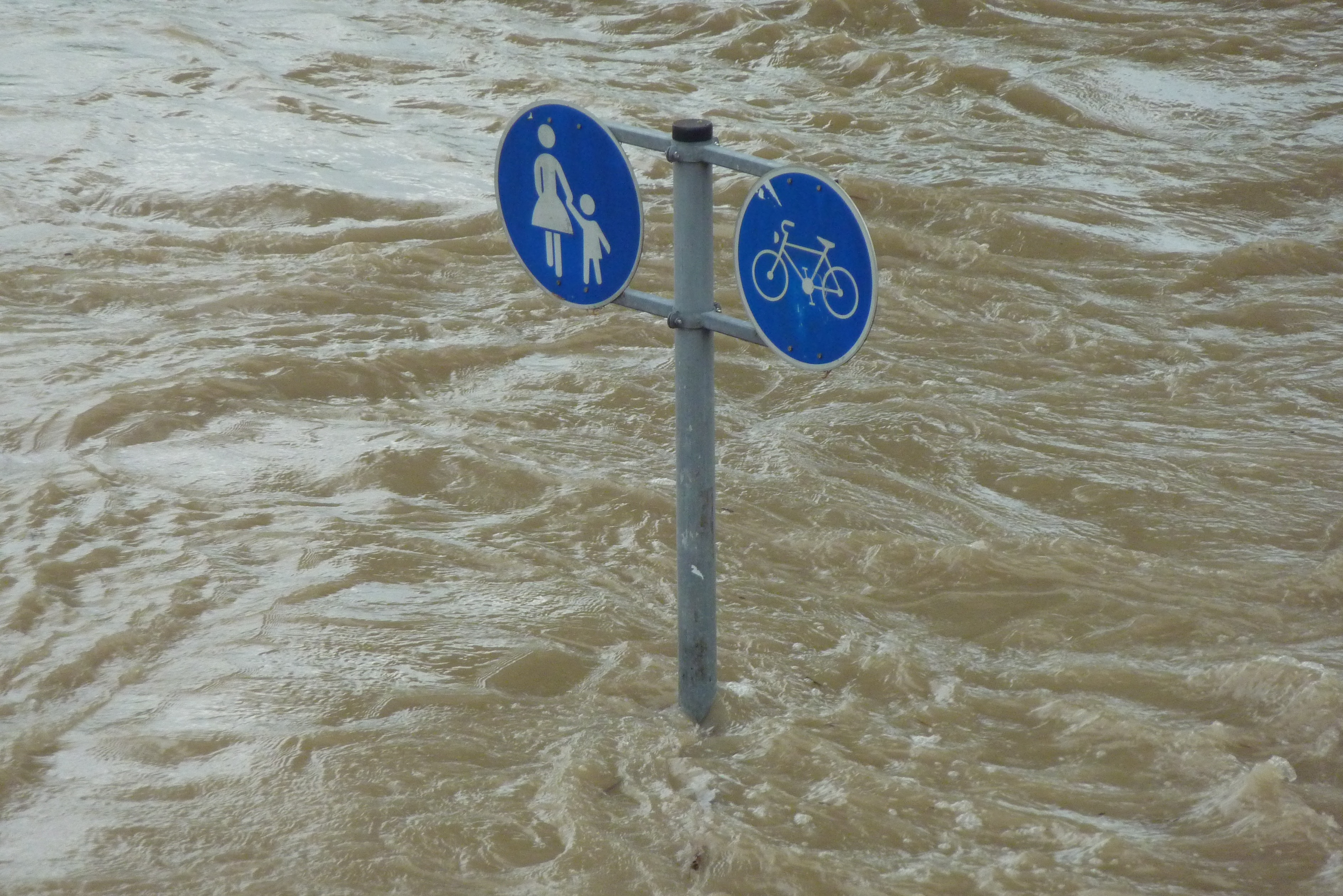News release
From:
Modelling extreme temperature and rainfall over the next two decades
70% of the global population may experience rapid rates of change in temperature and rainfall extremes over the next two decades under a high emission scenario, according to a modelling study published in Nature Geoscience. If strong mitigation measures were implemented to reduce greenhouse gas emissions (SSP1-2.6), this percentage is projected to fall to 20% of the global population, the authors suggest.
Ongoing climate warming is impacting extreme weather, with many regions expected to experience more intense heatwaves and rainfall events in future. Previous research has focused on the projected magnitude of changes in weather extremes and less attention has been paid to the rate of change. However, understanding the rate of change in extremes is important, as the impacts are dependent on the ability of society to adapt to the changing conditions.
Carley Iles and colleagues examined projected rates of change in temperature and rainfall extremes over the next two decades using large ensembles of climate model simulations. They estimate that under a high emissions scenario (SSP5-8.5), large parts of the tropics and subtropics — encompassing 70% of the global population — are expected to experience high rates of change in temperature and rainfall extremes over the next 20 years. Under a scenario with strong emissions mitigation (SSP1-2.6), where global greenhouse gas emissions are cut severely, they estimate this would be reduced to 20% of the global population experiencing such trends. Iles and colleagues note that most of the world would experience trends in temperature changes that were unlikely to occur in the pre-industrial period. Northern high latitudes, southern and eastern Asia and equatorial Africa would also experience rapid precipitation changes.
The authors conclude that their findings are based on modelling but highlight that their results demonstrate the need for continued mitigation and appropriate adaptation to limit the potential risks posed by climate change over the next 20 years.



 International
International



